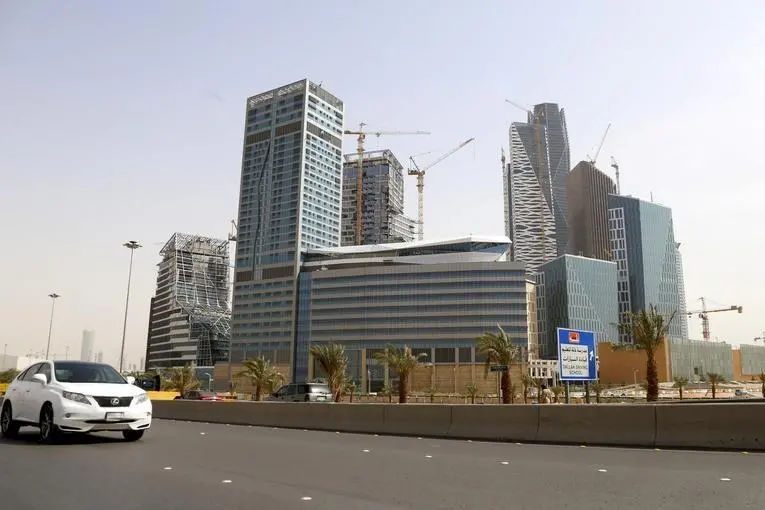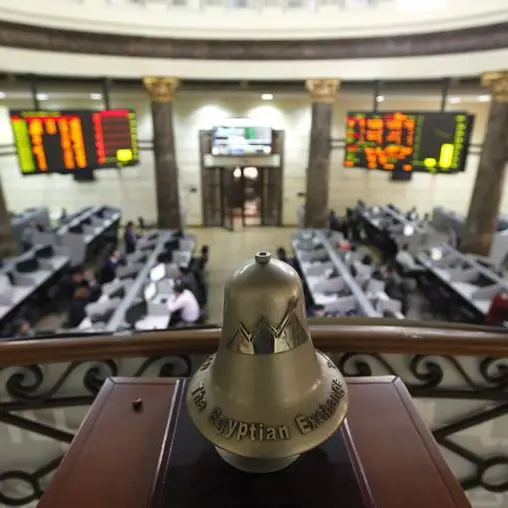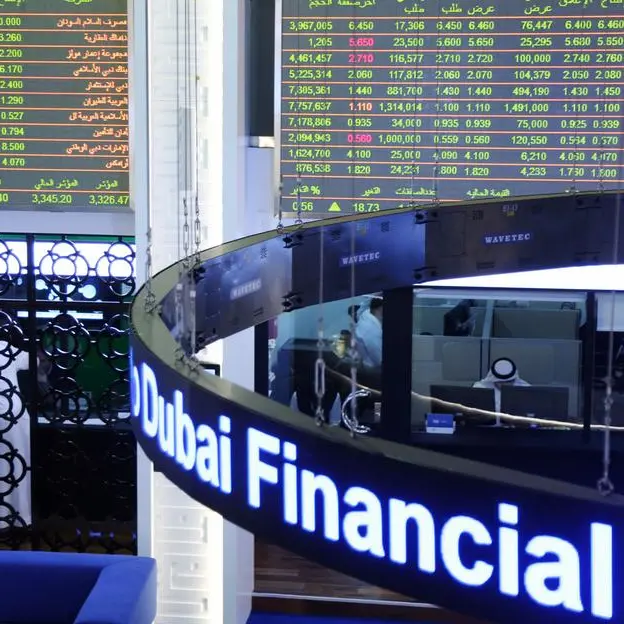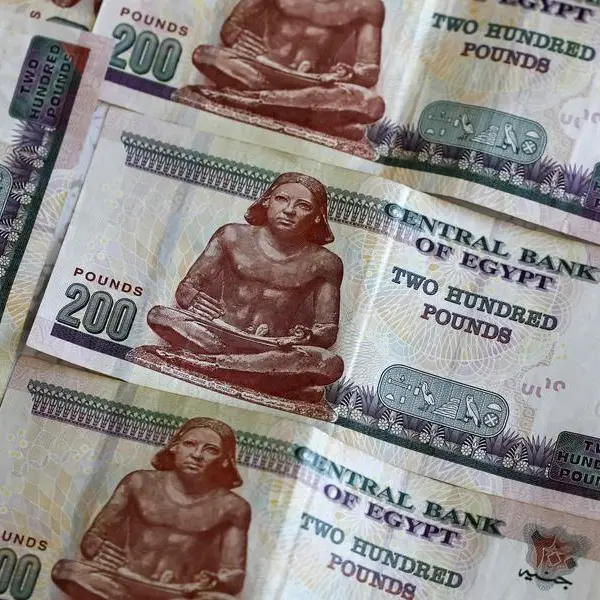PHOTO
Saudi Arabia’s public debt is forecast to rise to 23.7 percent of its gross domestic product (GDP) by 2020, according to a new report published by National Bank of Kuwait (NBK) last week.
At the end of last year, public debt reached 563 billion Saudi riyals, which is around 19.4 percent of GDP, according to NBK estimates, and this figure is projected to increase to 22.2 percent of GDP in 2019.
The government is financing the budget deficit through a combination of issuance of bonds and sukuk, as well as drawing from its financial reserves. NBK’s MENA Economic Outlook 2019-2020 report notes that the debt of Saudi Arabia is still considered low by international standards.
Earlier this month, Saudi Arabia sold $7.5 billion worth of newly-issued international bonds, of which $4 billion is due in 2029, while $3.5 billion is due in 2050. The demand for the issuance outweighed supply, with orders of over $27 billion from investors, in a sign of growing interest in the sovereign issuance of the kingdom. (Read more here).
Despite the damage caused to the reputation of Saudi Arabia after the international backlash that followed the murder of journalist Jamal Khashoggi in October last year, foreign investors showed high demand for the long-term $7.5 billion bond, especially among U.S. based investors, who bought 45 percent of the bond due in 2050, and 40 percent of the one due in 2029. Meanwhile, investors from the Middle East took only 2 percent of the paper due in 2050, and 3 percent of the one due in 2029. (Read more here).
In September last year, Saudi Arabia raised $2 billion in Islamic bonds (sukuk), which marked the kingdom’s second international sale of sukuk, after $9 billion of the Islamic debt instrument was issued in 2017. (Read more here).
At the end of 2018, Saudi central government reserves and deposits dropped by 11 percent from a year earlier to 523 billion Saudi riyals, according to NBK estimates. The amount that was drawn down reached 66 billion Saudi riyals, which is equivalent to half of the fiscal deficit for 2018.
In its latest budget plan for 2019, the Saudi government has estimated its total financing requirement for this year to reach 118 billion Saudi riyals ($31.5bn), yet NBK estimates the figure is likely to be higher at around 188 billion Saudi riyals ($50.3bn), as the bank projects a lower oil price than was set in the budget for 2019. (Read more here).
According to international rating agencies, Saudi Arabia is rated A+ by Fitch and A1 by Moody’s.
Further reading:
- Saudi general reserves drop to $156bln in October – SAMA
- Saudi debt underperforms lower-rated sovereigns on Khashoggi fallout
- Saudi bonds lead Gulf rally after JP Morgan index inclusion
- Credit where it's due: Gulf's sovereign bond market could be next for ratings upgrade
- Middle East to lift EM sovereign debt sales in 2019: Morgan Stanley
(Writing by Nada Al Rifai; Editing by Michael Fahy)
© ZAWYA 2019























